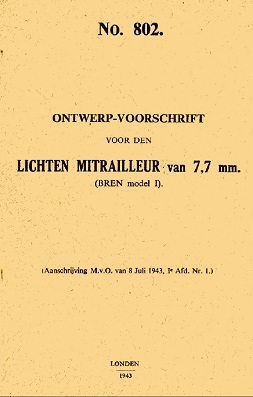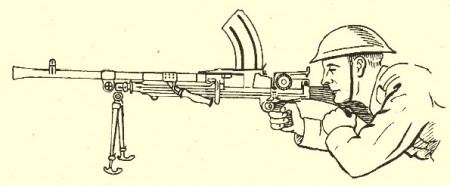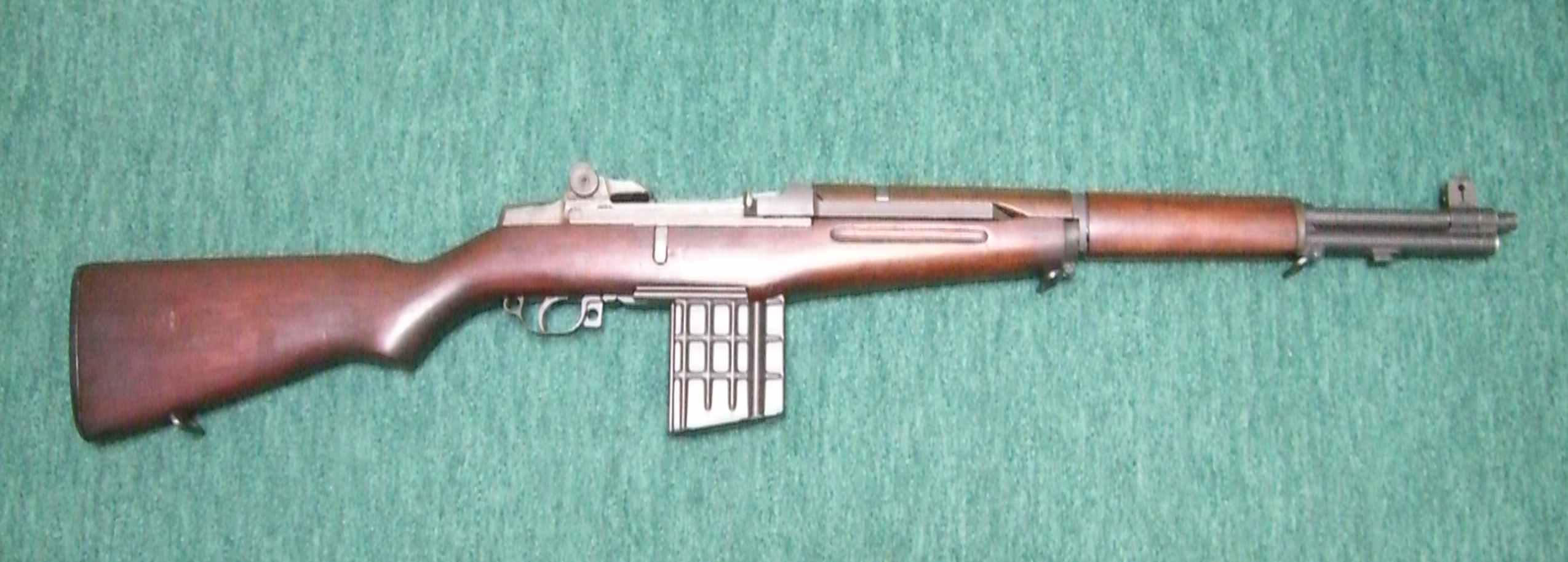Dutch forces during and well after World War II used the excellent Bren LMG (and the Dutch Artillerie-Inrichtingen factory at Hembrug made Bren parts as well). So, it should come as no surprise that they would have written a Dutch-language manual for the weapon. Which is slightly more surprising is that I happen to have gotten a copy of one – specifically, one printed by the government in exile in London, in 1943:





Awesome. That’s one I didn’t have! Thanks.
Ah, very interesting.
If anyone has trouble using Google translate(Which should be expected, some of the language is outdated), I’m fluent in Dutch, feel free to ask.
Very nice, thanks.
The Dutch army fielded machineguns from a variety of countries during the war, if you include KNIL forces, it becomes quite an impressive assortment:
England: Vickers, Lewis, Bren, Besa
Austria-Hungary: Schwarzlose
Germany: MG 08/15
France: Hotchkiss 1897, Hotckiss 1914
Italy: Breda M30
Denmark: Madsen
USA: Colt 1895, Browning 1917, Browning 1919
The Madsen they used was a rather interesting version as well with the short barrel and the double length magazine.
Indeed, I can’t remember for certain what the official reason for this was but I think it had to do with the terrain in the Dutch East Indies (tall grass, jungle).
Your are quite right. Ian McCollum and FW posted a pretty interesting article about the Dutch Madsen as used in the Netherlands East Indies sometime back, which invited a lot of interesting and educational commentary from contributors. As I remember it, the article also included an old black-and-white photograph of Dutch soldiers in a field of tall grass deployed with a Madsen MG of that description.
I don’t think it was an article, Earl, so much as just a single photo:
https://www.forgottenweapons.com/vintage-saturday-death-in-the-long-grass/
Doesn’t surprise me a bit that you happen to have one.
I bbelive that Holland used the Bren in German kaliber as they did with the model 17 rifleGreen paint on the for- Stock.
it Appears to be a really early version; “Ontwerp voorschrift”, means as much as draft/design directions/regulations. (the English translation doesn’t quite fit),An draft version of the document. But maybe the 1940’s military jargon is a bit different.
There is a quite elaborate instruction in the manual how to decontaminate the weapon after a gas attack. “Use grass or rags to clean the weapon, DON’T use the cotton supplied with the gas mask.” This is for personal use only. It then goes on how long to rub the wooden parts with anti gas cream. Does sound scary!
It sounds as if the rub-down with “anti-gas cream” was to eliminate the possibility of human contact with residual mustard gas compounds.
Does anyone have any information on what the “anti-gas cream” was composed of?
The language is indeed a bit outdated: ‘gewenschte’ instead of ‘gewenste’ and ‘groote’ instead of ‘grote’. Just like my grandmother’s way of writing xmas cards 😉 But heck, it’s fun to read ! Very nice !